

The first of these was a double-sovereign struck
during the reign of Henry VII (1485-1509) sometime after the year 1500. This coin is extremely rare and is thought to have been struck only for presentation
purposes--much the same as a lot of the two-pound coins struck after 1820 were. The coin was struck using the
same dies as the sovereign but the planchet was thicker. The obverse featured the king seated facing on a throne
and the reverse displayed a large Tudor rose.
A second coin of this type was struck a half-century later under Edward VI in 1551. These were struck the same
way by using the dies of the sovereign on a heavy flan or planchet. The double-sovereign of Edward VI is also
extremely rare. Like it's predecessor, the obverse depicts the king seated facing on a throne. The reverse
bears a shield with a lion and unicorn for supporters. Unlike the current two-pound piece, the preceding two
coins were based on a sovereign worth 30 shillings. The modern sovereign is valued at only 20 shillings.
In 1823 during the reign of George IV (1820-1830) the first two-pound coin was issued for circulation.
(See coin above-right) These coins were popular and can be found every so often in auctions and on
fixed price lists. Expect to pay around $2000 for a specimen comparable in quality to the one depicted
here, though. The reverse also shows the St George and the Dragon design.
The double-pound continued to be struck during the reign of William IV (1830-1837) but again only as a proof
for the coronation sets. William's two-pound coin has the customary portrait of the king on the obverse and a
draped and crowned shield similar to that of George IV on the reverse. Like the previous coin, this one is
also quite rare and comparably priced.
No two-pound coins were struck for the coronation of Victoria (1837-1901) and it was not until her Jubilee in 1887
and the subsequent change in the style of her portrait that a two-pound coin was again struck. Proofs were struck
for the Jubilee set, but also, for the first time since 1823, a two-pound coin was struck for general circulation.
The reverse of this coin is again the St George and the Dragon type. Coins were also struck with in Sydney
with the 'S' mintmark.
In 1902 the last double-pound coins struck for circulation were issued. These were struck alongside the
matt proof specimens issued for the coronation of Edward VII (1901-1910). Like the 1887 issue, a proof
was also struck in Sydney. Both the 1887 and the 1902 coins from Sydney are extremely rare. The proofs
from London are struck with a matt finish (See coin left) giving them a duller look than the normal mirror proofs.
The London Matt Proof had a mintage of 8,066 (compared to 45,807 for the circulation issue) The two-pound
coin was included only in the long proof sets. The Matt Proof will cost upwards of $750.
There were 5,500 mirror proofs and 1 matt proof struck.
Needless to say, the matt proof example is extremely rare! The regular proofs are not common, either,
though, and cost around $1000 to purchase. These two-pound coins were the last ones issued until after
Decimalization. A proof set was struck in 1953 for the coronation of Elizabeth II, however they were
struck only out of tradition and for the national museum collections; none of these sets were issued.
After Decimalization, two-pound coins were again issued, starting with the first one in 1980 and then in 1982
and 1983. Subsequent coins were issued with the changes in portrait style that followed, and coins
that were commemorative in nature were also issued which were struck in metals copper-nickel.
Double- or Two-Pound Gold Coin
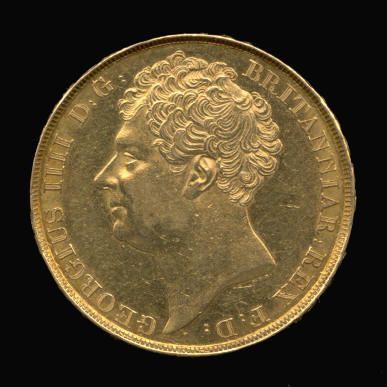
1823 Double-Pound
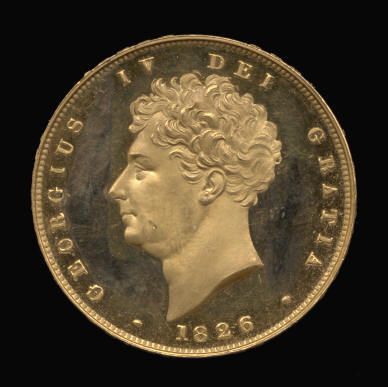
1826 Double-Pound
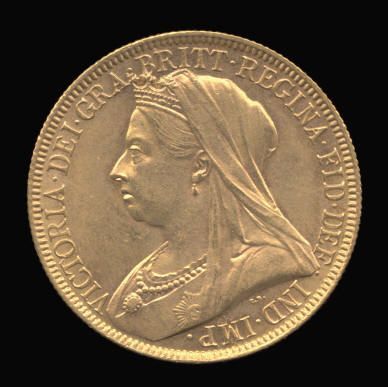
1893 Double-Pound
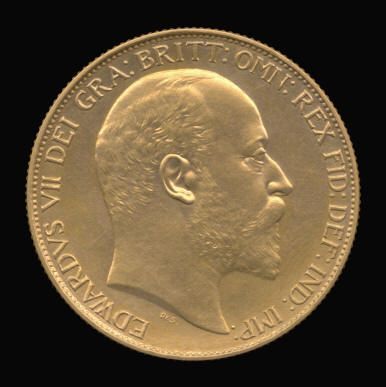
1902 Double-Pound
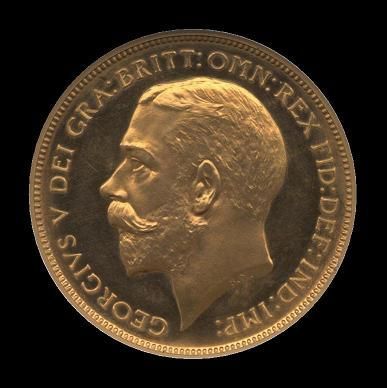
1911 Double-Pound
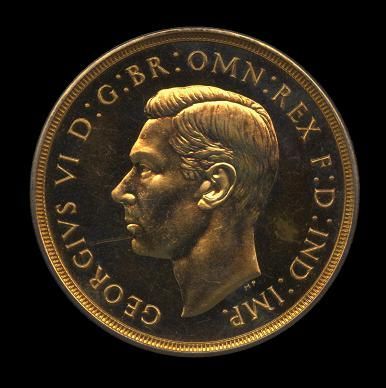
1937 Double-Pound